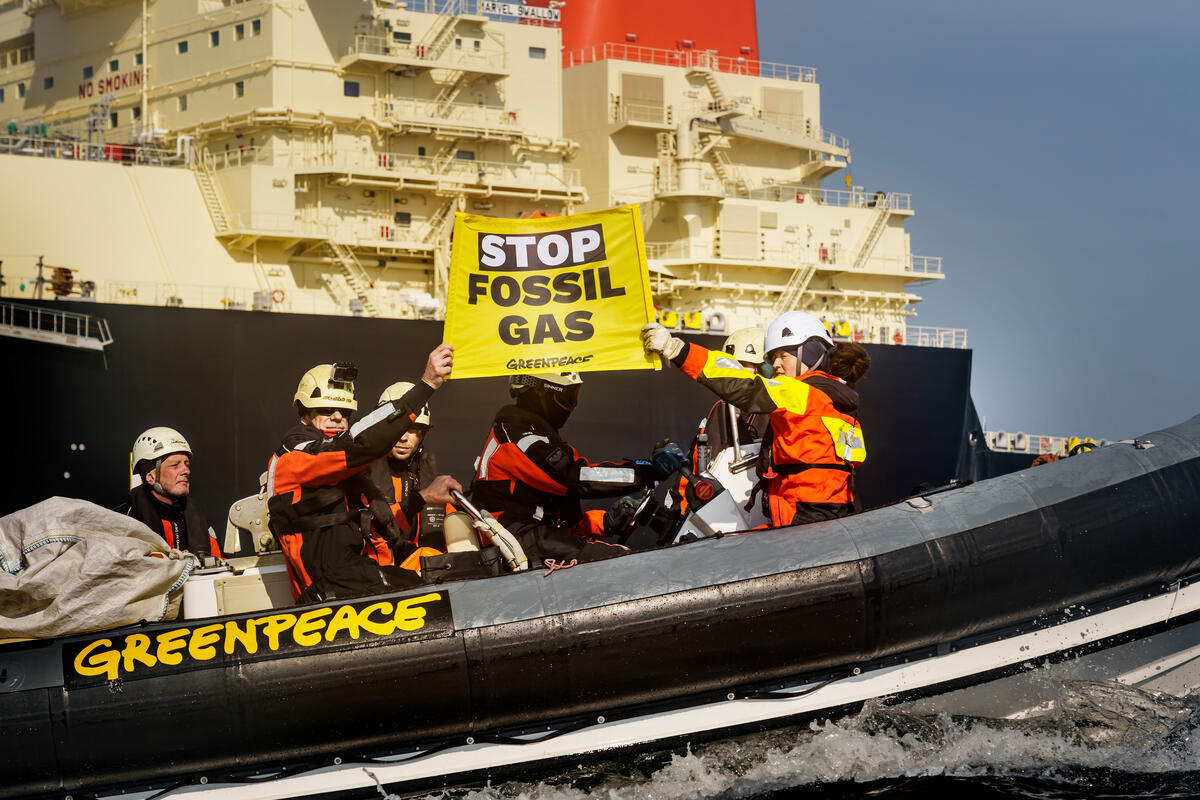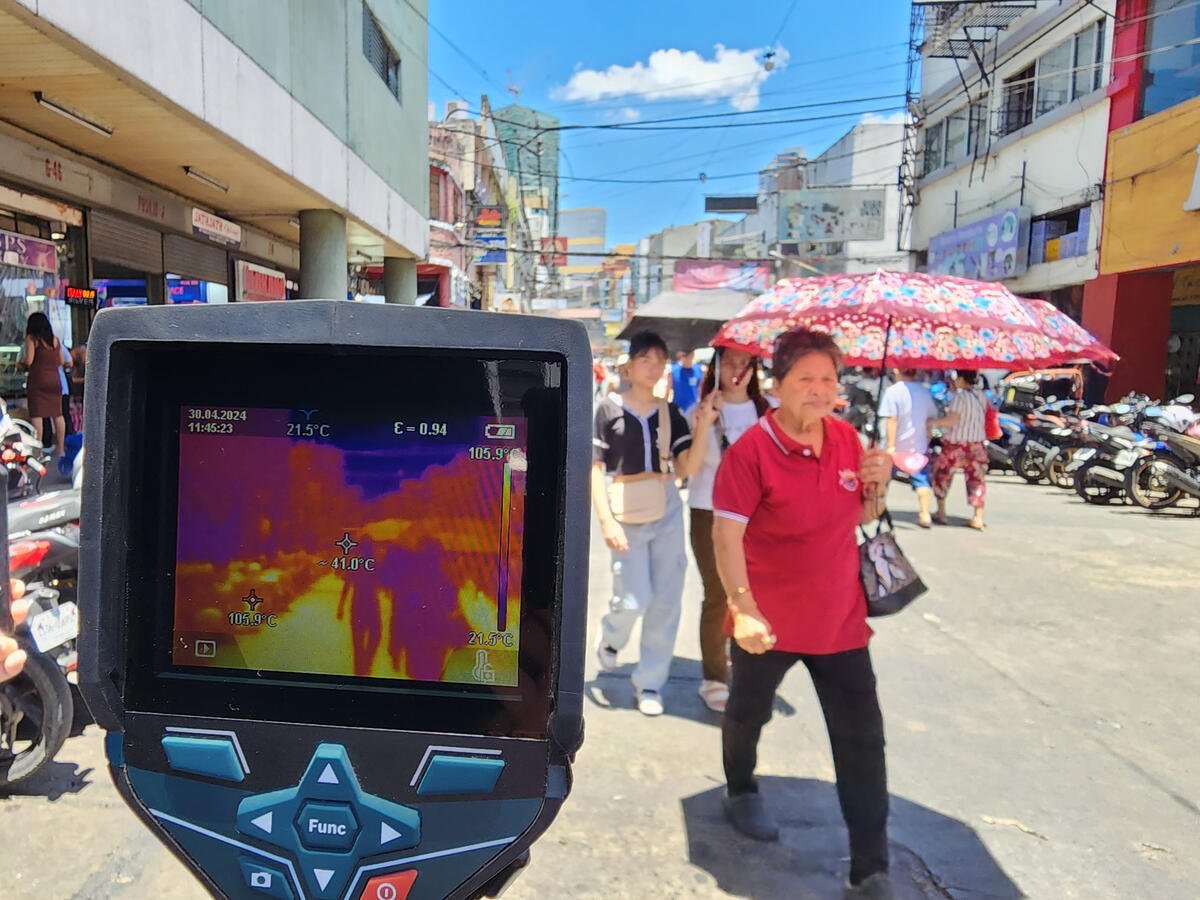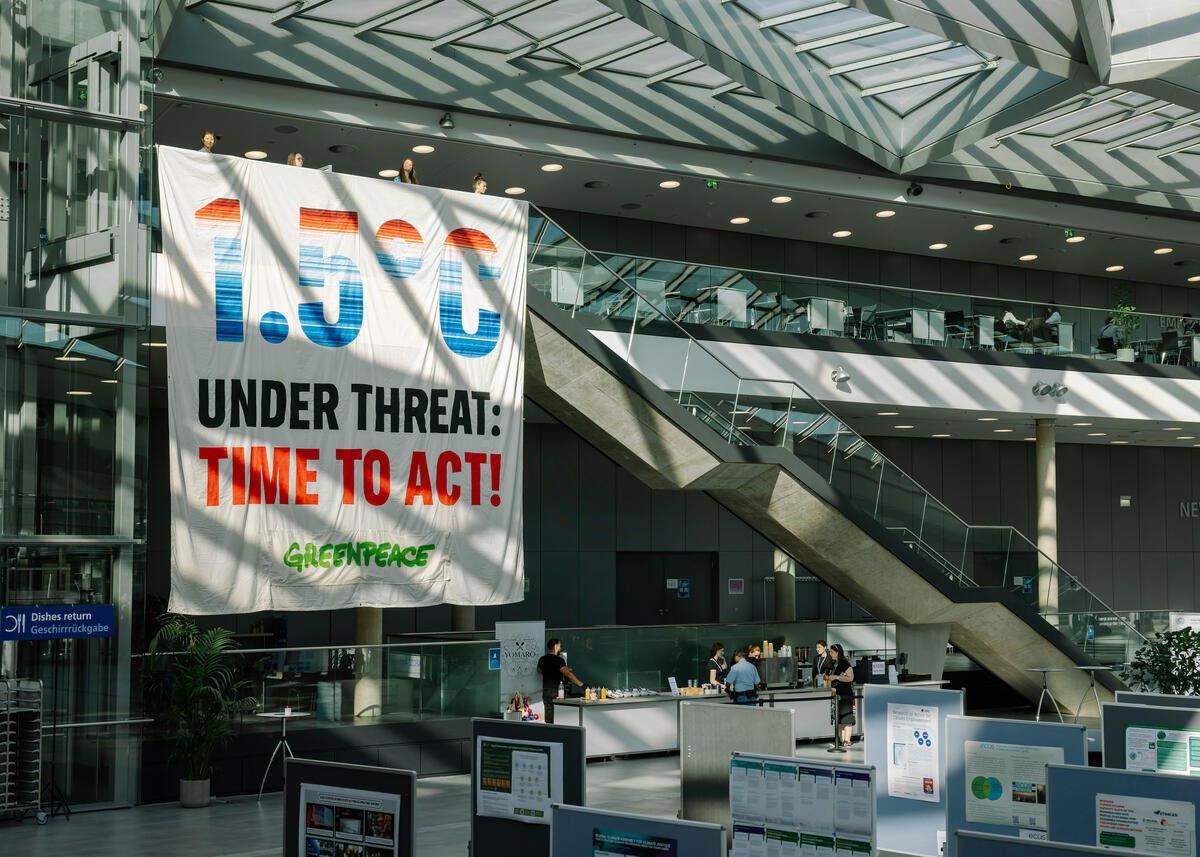Tokyo, Japan – A comprehensive survey by Greenpeace Japan in the towns of Iitate and Namie in Fukushima prefecture, including the exclusion zone, revealed radiation levels up to 100 times higher than the international limit for public exposure.[1][2] The high radiation levels in these areas pose a significant risk to returning evacuees until at least the 2050’s and well into next century.
The findings come just two weeks ahead of a critical decision at the United Nations Human Rights Council (UNHRC) review on Japan’s human rights record and commitments to evacuees from the nuclear disaster.
“In all of the areas we surveyed, including where people are permitted to live, the radiation levels are such that if it was in a nuclear facility it would require strict controls. Yet this is public land. Citizens, including children and pregnant women returning to their contaminated homes, are at risk of receiving radiation doses equivalent to one chest X-ray every week. This is unacceptable and a clear violation of their human rights, ” said Jan Vande Putte, radiation specialist with Greenpeace Belgium and leader of the survey project.
Greenpeace Japan conducted the investigations in September and October last year, measuring tens of thousands of data points around homes, forests, roads and farmland in the open areas of Namie and Iitate, as well as inside the closed Namie exclusion zone. The government plans to open up small areas of the exclusion zone, including Obori and Tsushima, for human habitation in 2023. The survey shows the decontamination program to be ineffective, combined with a region that is 70-80% mountainous forest which cannot be decontaminated.
Key finding from the Greenpeace Japan survey:
- Even after decontamination, in four of six houses in Iitate, the average radiation levels were three times higher than the government long term target. Some areas showed an increase from the previous year, which could have come from recontamination.
- At a house in Tsushima in the Namie exclusion zone, despite it being used as a test bed for decontamination in 2011-12, a dose of 7 mSv per year is estimated, while the international limit for public exposure in a non-accidental situation is 1 mSv/y. This reveals the ineffectiveness of decontamination work.
- At a school in Namie town, where the evacuation order was lifted, decontamination had failed to significantly reduce radiation risks, with levels in a nearby forest with an average dose rate of more than 10 mSv per year. Children are particularly at risk from radiation exposure.
- In one zone in Obori, the maximum radiation measured at 1m would give the equivalent of 101 mSv per year or one hundred times the recommended maximum annual limit, assuming a person would stay there for a full year These high levels are a clear threat, in the first instance, to thousands of decontamination workers who will spend many hours in that area.
This contamination presents a long term risk, and means that the government’s long-term radiation target (1mSv/year which is equivalent to 0.23μSv/hour) are unlikely to be reached before at least the middle of the century in many areas that are currently open and into next century for the exclusion zone of Namie. In an admission of failure, the government has recently initiated a review of its radiation target levels with the aim of raising it even higher.
The Government’s policy to effectively force people to return by ending housing and other financial support is not working, with population return rates of 2.5% and 7% in Namie and Iitate respectively as of December 2017.
In November last year, the UNHRC’s Universal Periodic Review (UPR) on Japan issued four recommendations on Fukushima issues. Member governments (Austria, Portugal, Mexico and Germany) called for Japan to respect the human rights of Fukushima evacuees and adopt strong measures to reduce the radiation risks to citizens, in particular women and children and to fully support self evacuees. Germany called on Japan to return to maximum permissible radiation of 1 mSv per year, while the current government policy in Japan is to permit up to 20 mSv per year. If this recommendation was applied, the Japanese government’s lifting of evacuation orders would have be halted.
“Our radiation survey results provides evidence that there is a significant risk to health and safety for any returning evacuee. The Japanese government must stop forcing people to go back home and protect their rights,” said Kazue Suzuki, Energy Campaigner at Greenpeace Japan. “It is essential that the government fully accept and immediately apply the recommendations at the United Nations.”
ENDS
Notes:
[1] Reflections in Fukushima: The Fukushima Daiichi Accident Seven Years On
[2] The International Commission on Radiological Protection (ICRP) sets a maximum dose of 1 mSv/ year in normal situations for the public, and in the range of 1-20 mSv/y under post-nuclear accident situations, such as that resulting from Fukushima Daiichi. The ICRP recommends that governments select the lower part of the 1–20 mSv/year range for protection of people living in contaminated areas, and “to reduce all individual exposures associated with the event to as low as reasonably achievable.”
Photos and Videos available here: http://media.greenpeace.org/collection/27MZIFJXWRJCD
Contacts:
Chisato Jono, Communications Officer, Greenpeace Japan, email: [email protected], mob: +81 (0) 80-6558-4446
Jan Vande Putte, Greenpeace Belgium, Radiation Protection Advisor, Fukushima radiation research leader, email: [email protected], mob: 81-(0)80-8912-7202
Kazue Suzuki, Energy Campaigner, Greenpeace Japan, email: [email protected], mob: +81- (0)80-3017-0046
Greenpeace International Press Desk, [email protected], phone: +31 (0) 20 718 2470 (available 24 hours)



